Malang, Indonesia
"Water Banking Movement", Transforming Glintung Go Green from Flood Risk Area
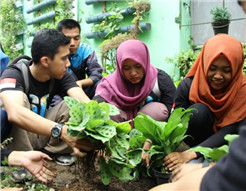
Background Information
Housing improvement by reducing slum areas and creating a sustainable environment are one of the main issues and missions in the Medium Term City Development Planning (Regional Regulation of Malang Municipal No. 7 Year 2014). Also, part of the main policy framework referred to by this program is Ministry of Environmental Regulation Number 19/2012 about the Climate Kampong Program.
Goals of the Initiative
The first goals are to transform the mindset of people about the importance of all parties’ participation to change a climate risk area into a climate resilience area, in a green and prosperous kampong. And to reach the goals of kampong’s leaders, together with its inhabitants, create a road map which includes the following steps:
•Motivating and organizing,
•Creating a pilot project and sample area inside,
•Building the future with a planning document,
•Empowering Local Genius,
•Interaction and consultations with experts, universities, and government
Parties and Partners to the Initiative
This socio-ecology project involved many stakeholders. The most important part of a movement, surely, is the residents of Glintung Go Green. Other parties and partners including Malang City Government who helped direct the initial idea of Glintung Go Green to be integrated with the pilot project of the Water Banking Movement. Also playing important parts are the Faculty of Engineering of Brawijaya University who helped Glintung with some initial research, implementation of applicable and unique catchment technology and scientific evaluation to measure project progress. Later on, as the project grew, support came from local businesses like restaurants who buy organic food produced from the kampong, local and national communities, such as the National Kampong Network, and Earth Hour which helped promote green initiatives and attract green tourism. Support also came from communities which see value and prospects in Glintung Go Green as a pilot project in integrating ecology, economics and social cultural empowerment as an example of sustainable area development.
Resources Used for Implementation
The majority of resources during the initial process came independently from residents who donated money, goods, food and time to the community fund. Malang City Government also contributes in the form of a stimulus fund awarded via Green Campong Competitions of Malang City which was won by Glintung Go Green.
After the project started to become economically successful, raising funds become much easier with money raised from organic waste collected by the community and bought by Malang Waste Bank, also funds were collected via green tourism (homestays, organic farming and foods) and events organized by the community.
Other important non-cash resources for the Water Banking Movement in Glintung Go Green came in the form of knowledge and science which are supported by strategic partners from major universities in Malang which provided a well-injection and water catchment expert, hydroponic expert, horticulture expert, empowerment expert, communications expert, economic development expert, and sociopreneur expert. All contribute voluntarily.
Innovation for the Initiative
The project is innovative. Community Initiatives led by Strong and Committed Leaders in the Neighborhood are the crucial aspect. A lot has been discussed about creating a climate resilience area, yet the people of Glintung Go Green have done just that. Through the evolution process, the community work together voluntarily during the day and event night to meet, discuss and share ideas, to plant trees and build catchment areas in every house in the neighborhood, building vertical and sky gardens, to initiate green tourism projects, to integrate cultural heritage into environmentally-based projects, and to allocate soil for organic food planting. It is an innovative and participative example of achieving Sustainable Development Goals which arose from the neighborhood to inspire lots of other Kampong in the city and even around the country.
Innovation has been applied in
It is integral that social and economic benefits are also gained through the development of this environmentally-based project. The Water Banking Movement is implemented in Glintung Go Green Neighborhood of 300 households in every aspect. From the strategy perspective it is a cultural shift, from the usual “wait for help” to “create from within and attract”. This cultural shift also impacted on project structures entirely designed by the community, using local resources before offering proposals to government and universities to facilitate some aspects yet to be covered.
Innovation then also brought in the implementation aspect, where to solve the budget problem, the local leader created a neighborhood rule which stated that every member of a community, in order to be able to process their public related administration, such as ID or marriage letters, they must provide evidence that they have planted one tree and one catchment hole in their house.
Innovation also applied in tools and technology, with help from university research, the Water Banking Movement in Glintung Go Green not only implemented the common type of catchment hole but also an injection well and integrated drainage system, which prevents flooding and is able to absorb more rainwater for groundwater reserve.
Obstacles and Solutions for Innovation
At the beginning, the greening and water banking movement was resisted by the community, because, in their mind, the project will cost a lot in funding which they don’t have. Hence, Mr. Bambang, the leader offered a creative way to convince people, that this project is first and foremost about change. The tools can be gained by using any materials available, even trash like old bottles and old pipes. A simple way to start the project and overcome the mindset challenge.
Over time, with patience and diligence, one can bring about the condition of ecofriendly and positive results, and this event began to be demanded by people who want the region to improve. In this case, this competition was very useful for the community to change its mindset and to show greater concern for their own environment.
Outcomes and Assessments
The Water Banking Movement in Glintung Go Green has succeeded in overcoming yearly flooding in the neighborhood through greening projects, improving the water catchment capacity for every house and road inside the area linked with redesigned drainage.
This innovation, which includes massive greening also succeeded in reducing – by two degrees celsius – the local temperature, thus making the area much more comfortable to reside in.
Groundwater reserves are also improving by around two metres, so reducing the depth needed when people dig for building wells.
From a social and economic perspective, it already creates better awareness, gender participation and a green economy through things such as green tourism, homestays, organic food and education which can be accessed nationally.
Also, money in the Neighborhood reserve fund has risen from just five million rupiahs to 100 million rupiahs, with much of the funds coming from reusing anorganic waste and selling it to a malang wastebank
Methods Applied
•The implementation of local regulations which command people in the neighborhood to donate one tree or one biopore (water catchment pipe) each time they need an administration letter from the neighborhood (for marriage, births, new residents)
•The networking of neighborhood with government and university also gives a lot of positives in terms of new technology applied and city policy support.
-
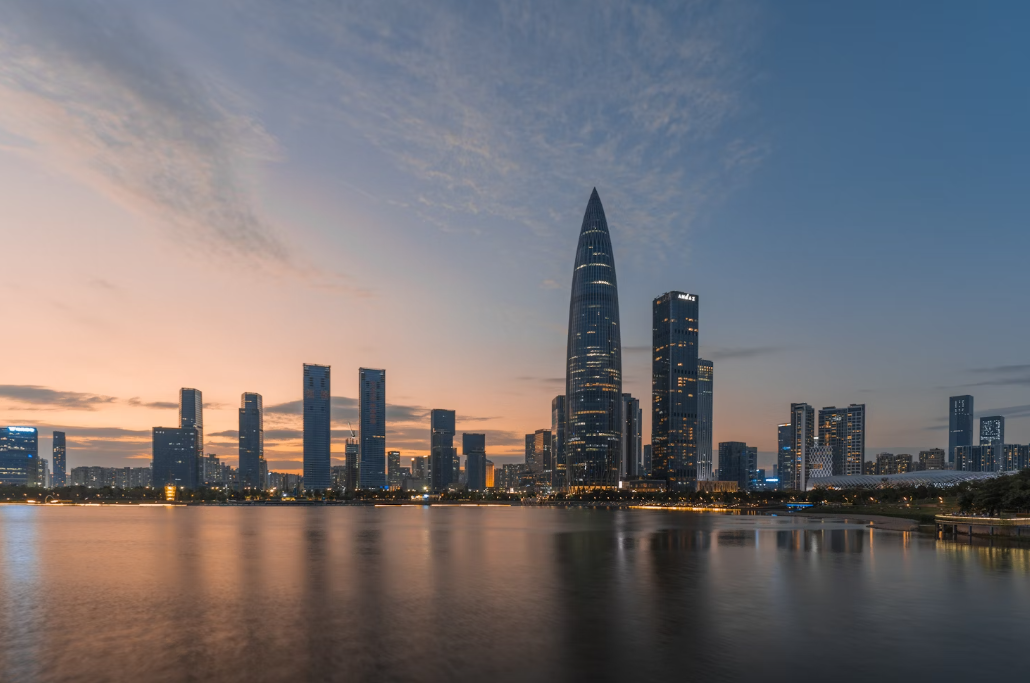 Urban Innovation in China | Shenzhen: How to Maintain Momentum to Achieve Carbon Peak by 2030 While Leading Green and Low-Carbon Development?
Urban Innovation in China | Shenzhen: How to Maintain Momentum to Achieve Carbon Peak by 2030 While Leading Green and Low-Carbon Development? -
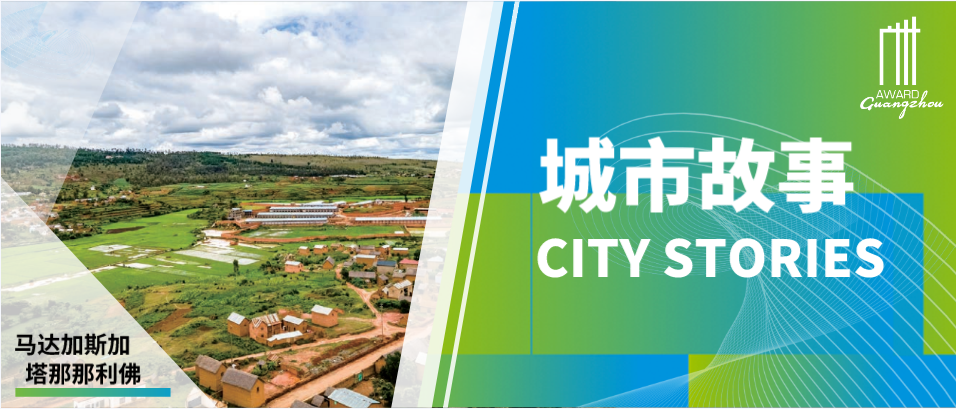 City Stories | Antananarivo, Madagascar: Building Resilience in the City Food System
City Stories | Antananarivo, Madagascar: Building Resilience in the City Food System -
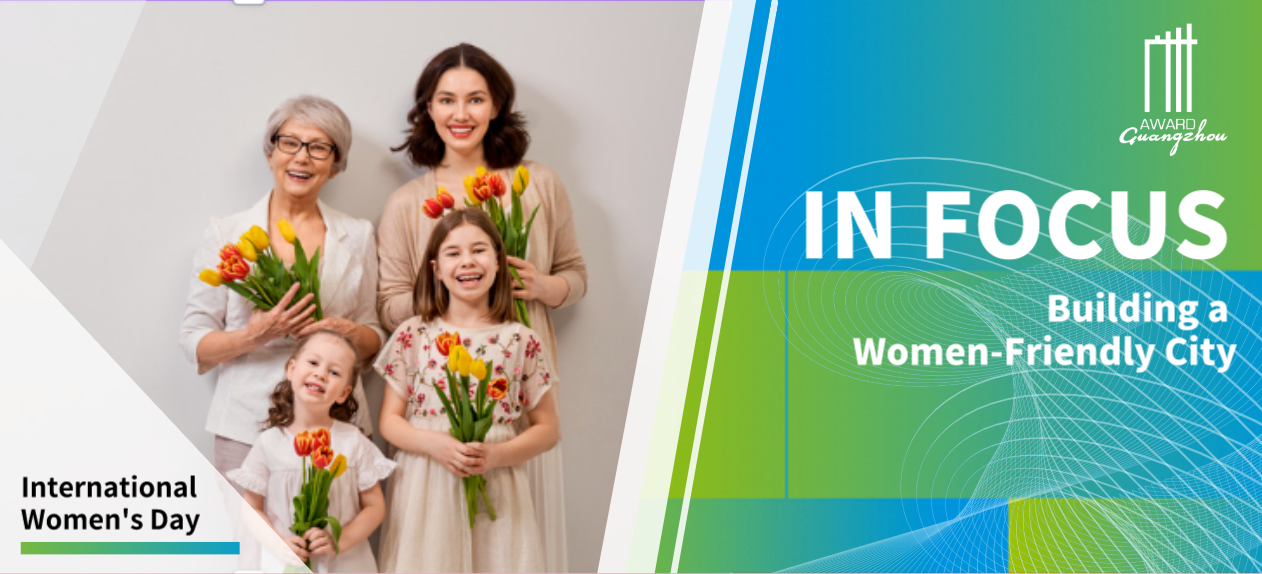 In Focus | International Women’s Day: Building a Women-Friendly City
In Focus | International Women’s Day: Building a Women-Friendly City -
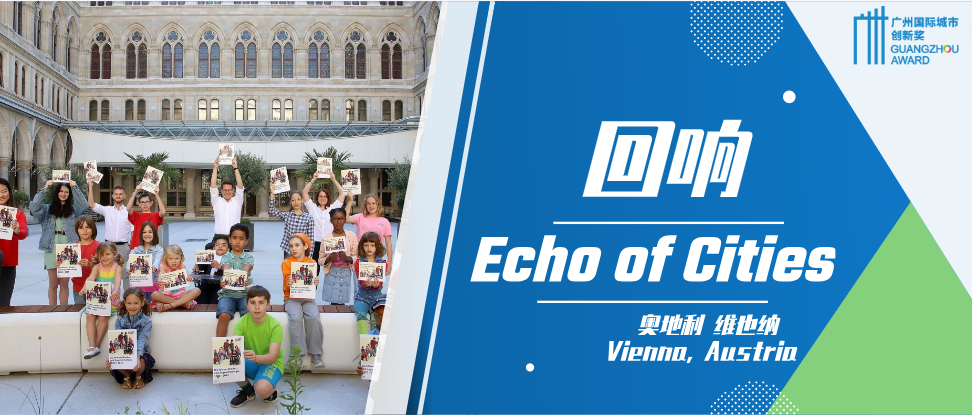 Echo of Cities | Vienna, Austria: The Youth Melody of an Ancient City
Echo of Cities | Vienna, Austria: The Youth Melody of an Ancient City























 Tel: +86 20 3780 4434
Tel: +86 20 3780 4434 Email: info@guangzhouaward.org
Email: info@guangzhouaward.org Address: Rm 1609, FuLiXinTianDi, No.307 Guangzhou Dadao Zhong, Yuexiu District, Guangzhou, Guangdong, 501600, PRC
Address: Rm 1609, FuLiXinTianDi, No.307 Guangzhou Dadao Zhong, Yuexiu District, Guangzhou, Guangdong, 501600, PRC




